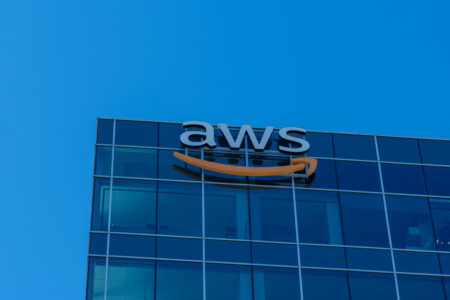When I first wrote about AWS Supply Chain last December, the software was available only in preview. It recently became generally available and can be accessed in Amazon’s US East, US West, and Europe regions.
After a conversation with AWS reps, a deeper dive into the documentation, and a tutorial, I’d like to share my updated observations about the supply chain software.
This episode is sponsored by “Selling to the New Executive Buying Committee,” an Acceleration Economy Course designed to help vendors, partners, and buyers understand the shifting sands of how mid-market and enterprise CXOs are making purchase decisions to modernize technology.
To recap, AWS Supply Chain is a cloud-based supply chain management application powered by artificial intelligence (AI) and machine learning (ML). This software is likely overkill for a company with a single location. On the other hand, I view it as a “no-brainer” for businesses with many suppliers and warehouses, such as:
- A manufacturer with multiple sites
- A retailer with multiple locations
- A business that must inventory perishable items like food or flowers
- A business that has made acquisitions whose systems have not yet been integrated
How It Works
AWS Supply Chain aggregates data across supply chain systems into a data lake. That’s a particularly useful feature if your company has information stored across a number of disparate systems.
Capturing everything in a single data lake reduces the likelihood that important information will be overlooked in making supply chain decisions. Furthermore, any analysis can be done quickly because the manual effort of consolidating and analyzing data has been eliminated and replaced by an automated process.
Then AWS Supply Chain provides insights on potential supply chain risks. It identifies stockout risks, the potential for excess stock, and lead-time deviations against the parameters the inventory planners set. The data is displayed as a set of visual maps with color-coded graphics identifying risks in an easy-to-assess format. Then it makes rebalancing recommendations with a collaboration feature to get the information out quickly to members of the team.
Demand Planning Fueled by ML
Demand planning is a powerful element of AWS Supply Chain; its ML algorithms generate rebalancing recommendations and rankings while sharing multiple options. Without technology, a demand planner consolidates data and develops insights over and over again as things change. In this case, using AI, ML, and parameters input by the planner, AWS Supply Chain develops insights and recommends a course of action to the planner.
Updates occur as the source data changes, so planners are constantly getting the latest information without having to reanalyze it all themselves. Therefore, the demand planners can spend their time taking action, not crunching numbers.
The ML is also forward-looking. It reacts to decisions made and flags any future issues that may occur as a result of rebalancing. It then finds patterns in the decisions made in the past and factors them into future recommendations.
Notably, rebalancing recommendations incorporate sustainability considerations. Parameters can be set to include the impact of distance and CO2 emissions in the final recommendation. This enables companies with a sustainability program to factor environmental impact into their rebalancing decisions.
Additional Highlights
First and foremost, AWS Supply Chain uses the same technology that powers Amazon’s own business. And that’s a company that certainly knows how to manage inventory.
The software normalizes date-time formats into the ISO- 8601 standard to reduce the chances of error when consolidating information from different divisions or regions into the data lake.
Of course, the recommendations and insights are only as good as the completeness of the data in the data lake. But think about all the manual effort that has gone into staying on top of inventory in your company over the years.
This is a great opportunity to shift some of the brainpower in your company to reduce manufacturing downtime, mitigate stockouts before they occur, and meet consumer demand as it shifts.
Additional insight:











